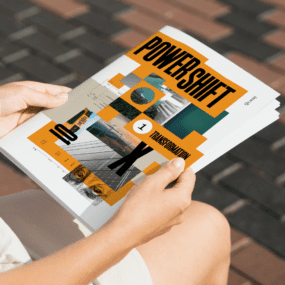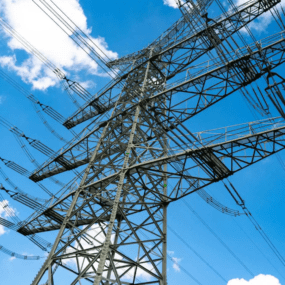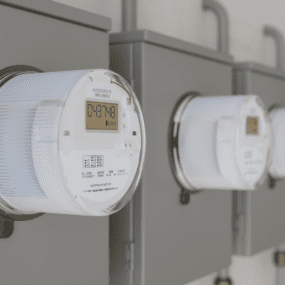Brace Yourselves – Emotionally and Energetically
Vol. 8 – Watt in the Grid?

Vol. 8 – Watt in the Grid?

Sign up for our newsletter
Stay in the loop with all things GridX and beyond.
The state of Colorado is hunkering down for a massive snowstorm and my children’s’ school just preemptively announced a snow day. With expected accumulation totals ranging from 6-20+ inches (!!!), kids ‘round the state jumped for joy as spring break is now (begrudgingly) starting a couple days earlier. With my browser open to (potentially) bite the bullet on a new snowblower, I can’t help but turn into my grandparents and lament that they never canceled school this readily “in my day.” In fact, as a native Coloradan, it was not completely unheard of to walk to school in snowshoes (stated with only slight exaggeration). Despite my inner irritation, however, the school district cares little about my thoughts on the matter. So now we wait. What will the weather bring? And – more importantly – will my inflatable hot tub survive?
Aside from my personal worries, which I’m certain many other parents share, there’s also the arguably more significant concern of potential power outages. My utility provider has already issued a preemptive text alert regarding possible outages, adopting a somewhat foreboding “don’t call us, we’ll call you” tone that hints at the severity of the situation. Weather events, whether it’s a scorching heatwave or a self-proclaimed “snowmageddon,” typically lead to a surge in electricity demand. The question then arises: how can we ensure that the lights (and heat) remain on in a cost-effective and dependable manner?
Undoubtedly, one of the most effective strategies for easing pressure on the grid is through innovative rate design, notably employing time-of-use (TOU) rates. TOU rates represent a pricing model adopted by utility companies to levy varying charges for electricity consumption based on the time of day and day of the week. Unlike the conventional flat-rate structure where consumers pay a uniform rate regardless of usage timing, TOU rates fluctuate, accounting for peak, off-peak, and sometimes mid-peak periods. By implementing TOU rates, utilities can efficiently encourage energy conservation, enable demand response initiatives, integrate renewable energy sources, bolster grid resilience, and promote the uptake of energy storage and distributed generation technologies. Indeed, by incentivizing judicious energy usage and alleviating strain on the grid during periods of peak demand, customers enrolled in TOU programs can significantly bolster the reliability and resilience of the overall energy system, particularly in confronting weather-induced challenges.
Even with a TOU in place, however, their effectiveness depends on several factors, including customer behavior, the design of the TOU rate structure, and the severity of the weather event. If consumers are informed about the TOU rate structure and the potential cost savings associated with shifting their electricity usage away from peak periods, they may be more likely to adjust their behavior. Still, certain types of electricity may be more flexible and easier to shift away from peak periods than others. For example, if a mom were to be hypothetically snowed in against her will with two adolescent children, it may be more feasible for her to delay laundry or dishwashing, while other activities like heating and YouTube may be less flexible.
Fortunately, utilities are increasingly informing customers about the true cost of their energy choices – whether its delaying vacuuming, unplugging a hot tub, or (perhaps most significantly) employing renewable energy to offset traditional usage costs. With GridX’s help, utilities can engage and educate customers about what new rates mean for their individual household and help them better understand how their behavior will impact the cost of energy and ways to save.
While there is no way to prevent mother nature from mother naturing, there are certainly ways for consumers to brace themselves (both emotionally and energetically) for weather events. While I might allow every screen in my house to run full-time tomorrow, perhaps I will plan a sledding trip during peak hours. #balance




